2021: The Challenges Ahead
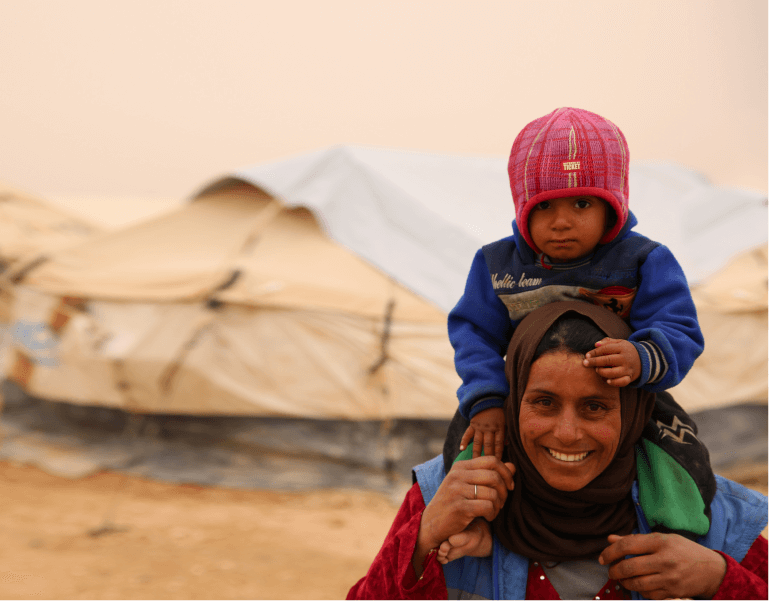
No one expected 2020 to turn out the way it did. But now, with several vaccines approved for use, the end of the COVID-19 pandemic could be in sight. However, challenges still remain.
We don’t yet know how long the vaccines will immunize us from coronavirus. We also don’t know when the next pandemic will occur. But we do have an opportunity to learn from COVID-19 and to address the weaknesses it revealed in our health care systems, our governments, and our crisis response strategies.
We can make sure that we are all in the best position possible when the worst happens. Here are some of the situations that will need special attention as the world begins to heal from coronavirus.
Long-term consequences of COVID
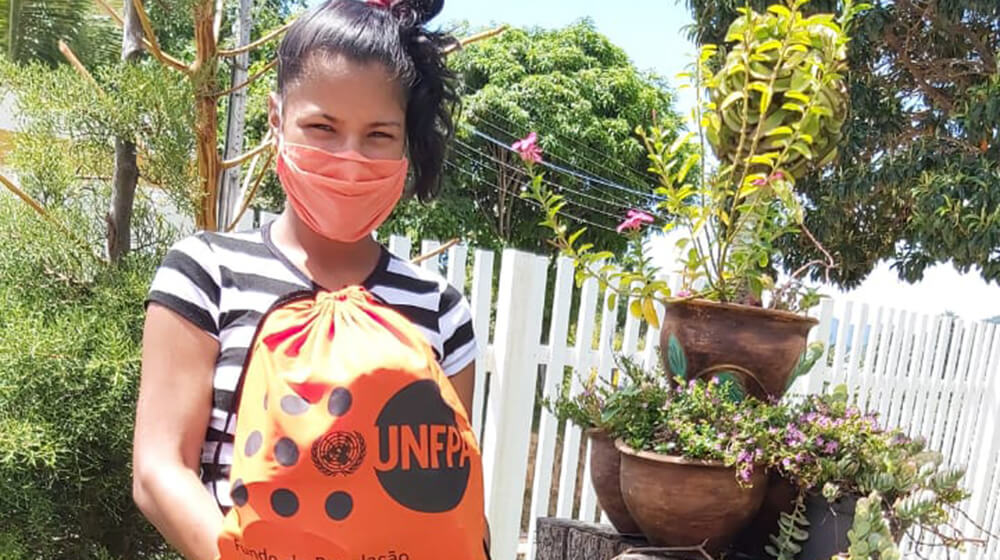
Coronavirus is going to have a lasting impact, even after everyone has been vaccinated. Many people who became sick with the virus have long-term side effects like fatigue, a cough, or memory loss. These people are more at risk for other health complications, like heart failure, kidney and liver issues, and certain mood disorders. In 2021, health care workers will grapple with both new COVID-19 cases and patients needing long-term care after the virus has left their body.
Funding for COVID-19 has decreased funding for issues like cancer research and AIDS research. Social distancing restrictions, though rightly enforced to protect against coronavirus, have also made it more difficult to carry out programs that prevent child marriage and female genital mutilation. UNFPA predicts that there will be 13 million additional child marriages and 2 million additional cases of female genital mutilation over the next decade because of program disruptions. Further, over 60 million cases of gender-based violence have occurred as women and girls are stuck at home with their abusers. The UN also expects 47 million women and girls to enter extreme poverty and the number of child deaths to increase. While the vaccine is one piece of rebuilding a post-corona society, resilient communities will need many others.
Vaccine roll-out
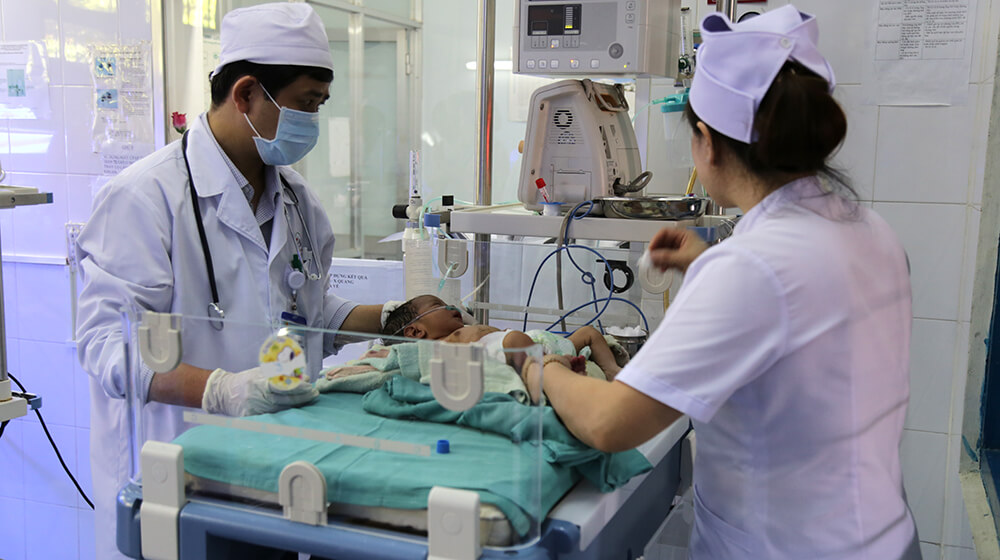
Even though vaccines are being administered, most of those doses are going to wealthy countries. Critical populations in poorer countries remain unvaccinated. By the end of 2021, poor countries might be able to vaccinate 20% of their populations –a far cry from the threshold needed for herd immunity, while wealthier countries like Canada, the United States, the United Kingdom, Australia, and Chile have secured enough doses to vaccinate their populations at least two times over. There will likely be several complications in vaccine rollout this year: how can vaccine doses be distributed in an equitably; how will countries manage vaccine hesitancy; and who will be prioritized for vaccination in different countries.
Ongoing Humanitarian Emergencies, like Yemen
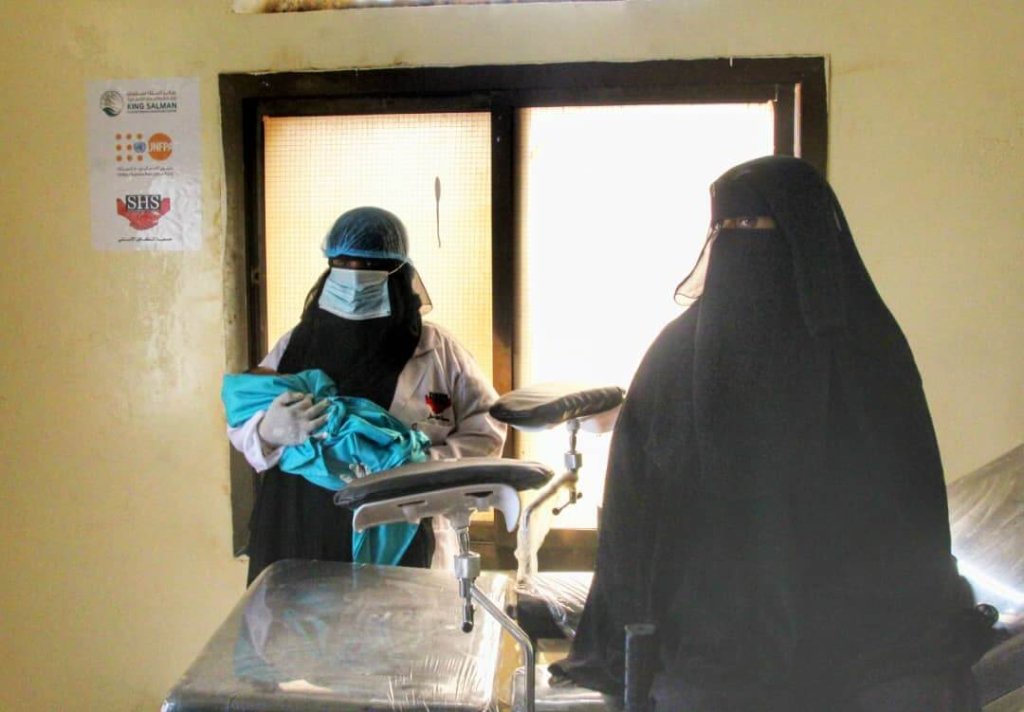
In 2020, 168 million people required humanitarian aid. Places like Syria, the Democratic Republic of Congo, and Venezuela, among others, have faced conflict, natural disaster, poor leadership, and disease for years. The arrival of COVID-19 only complicated these crises further. However, as more aid is needed to stabilize these situations, less funding is coming through. For example, last year UNFPA appealed for $100 million for Yemen, the world’s worst humanitarian crisis. In May, only about 40% of that need was met, leading over half of Yemen’s health facilities to close. More funding was later allocated, but still, tens of millions of dollars needed to provide lifesaving health care never came. We cannot just recover from last year. We will need to continue to build systems that make people’s lives better.
Climate change
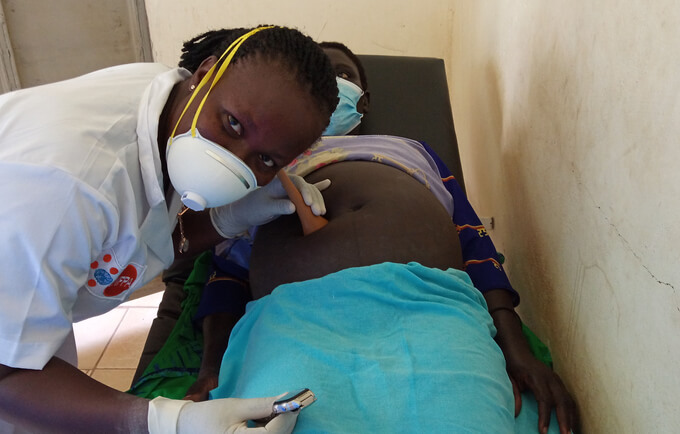
Last year, we saw unprecedented wild fires, flooding, and hurricanes. Disasters linked to climate change are only going to increase, and with it, so will conflict and food insecurity. Famine is notoriously difficult to declare. As The New Humanitarian explains, even when people are clearly dying from hunger, “the difficulty of collecting data means that an official famine, which has a technical definition and a high threshold, may still not be declared.” Right now, four countries, Yemen, South Sudan, Burkina Faso, and Nigeria, are on the brink of famine. But, the concentrated response that an official declaration would bring may still be far off. Hundreds of thousands of people are reliant on food aid right now. That number could increase in 2021 without drastic measures to both help those in need and to address the causes of their hunger.
Rebuilding trust in institutions
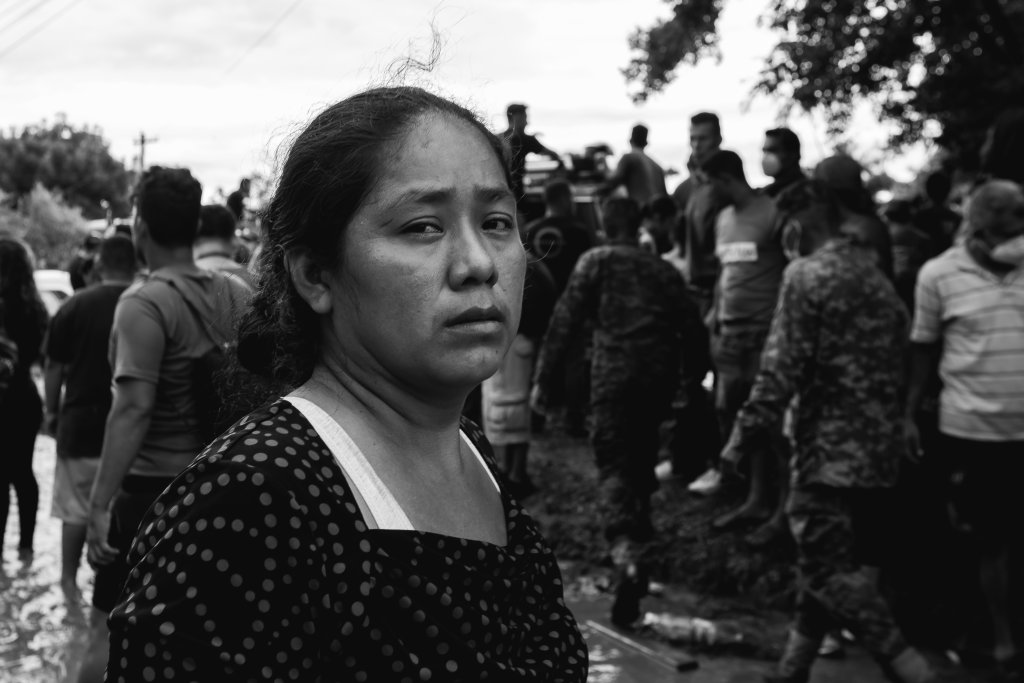
© UNFPA Honduras
COVID-19 revealed many inequalities and weaknesses of the societies we live in. Around the world, the poor were more likely to become severely sick, not have a place to shelter safely, or have a job that cannot be done virtually. They also have less access to the internet, green spaces, and health care. Poor children are less likely to have computers, putting their education and futures at risk. Women overwhelmingly make up the healthcare workforce, with 70% of frontline workers being women. Women are also more likely to have faced unemployment. LGBTQI people were more likely to have adverse health outcomes. People living in rural areas have less access to health care, including coronavirus testing. The elderly are more likely to die from COVID-19 but also are more at risk for isolation and loneliness.
More inequalities will undoubtedly arise after the pandemic is over and researchers have come to their conclusions. This year, we cannot leave the world’s most vulnerable behind. Our systems and institutions must work for everyone, regardless of who they are, where they are, or what circumstances they face.
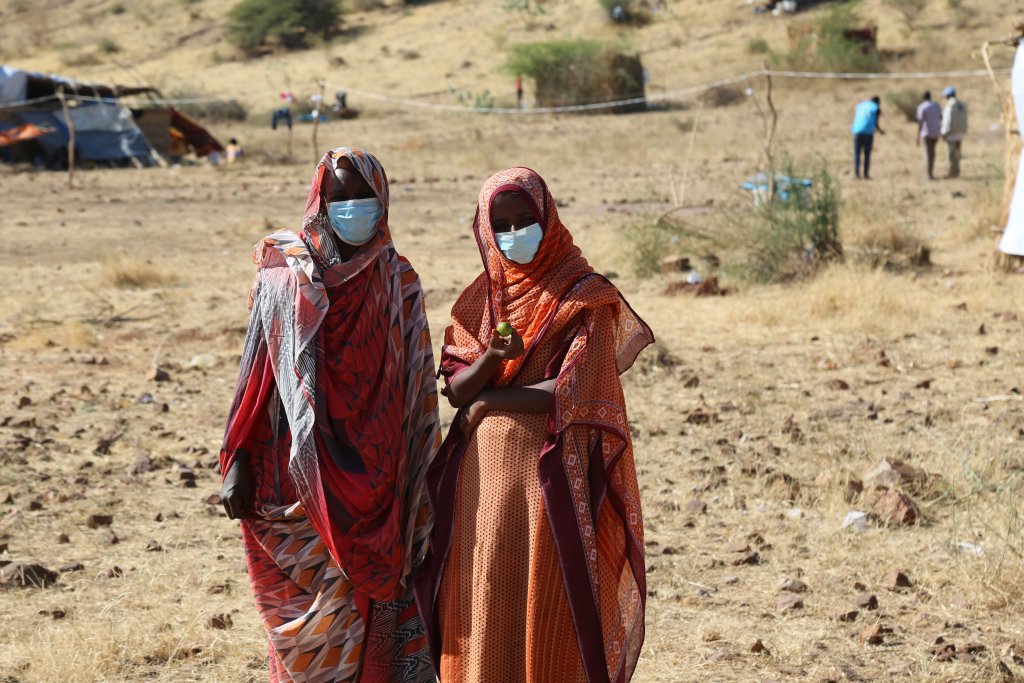
2021 will be one of the most difficult years on record. 40% more people will need humanitarian aid from organizations like UNFPA in 2021 than in 2020. But the aid required to address many of these problems is projected to decline. But, if every single person works together, we can realize a world that is healthier, safer, greener, more resilient, and gives everyone the opportunity to realize their dreams.
-Dana Kirkegaard